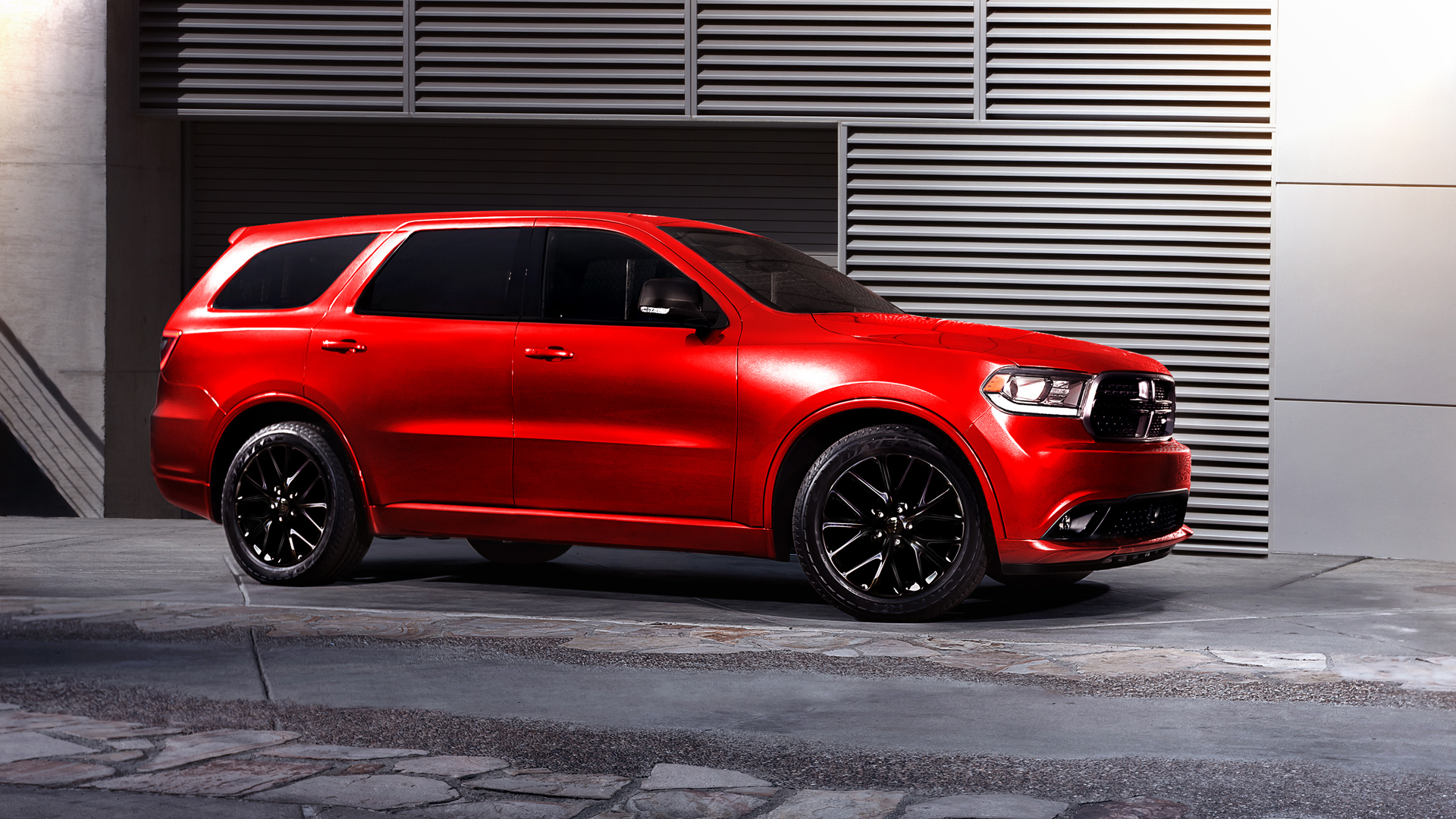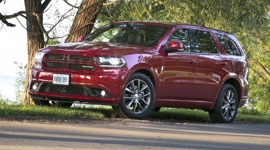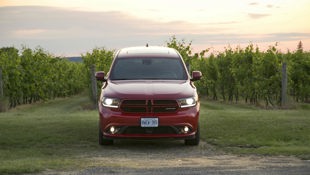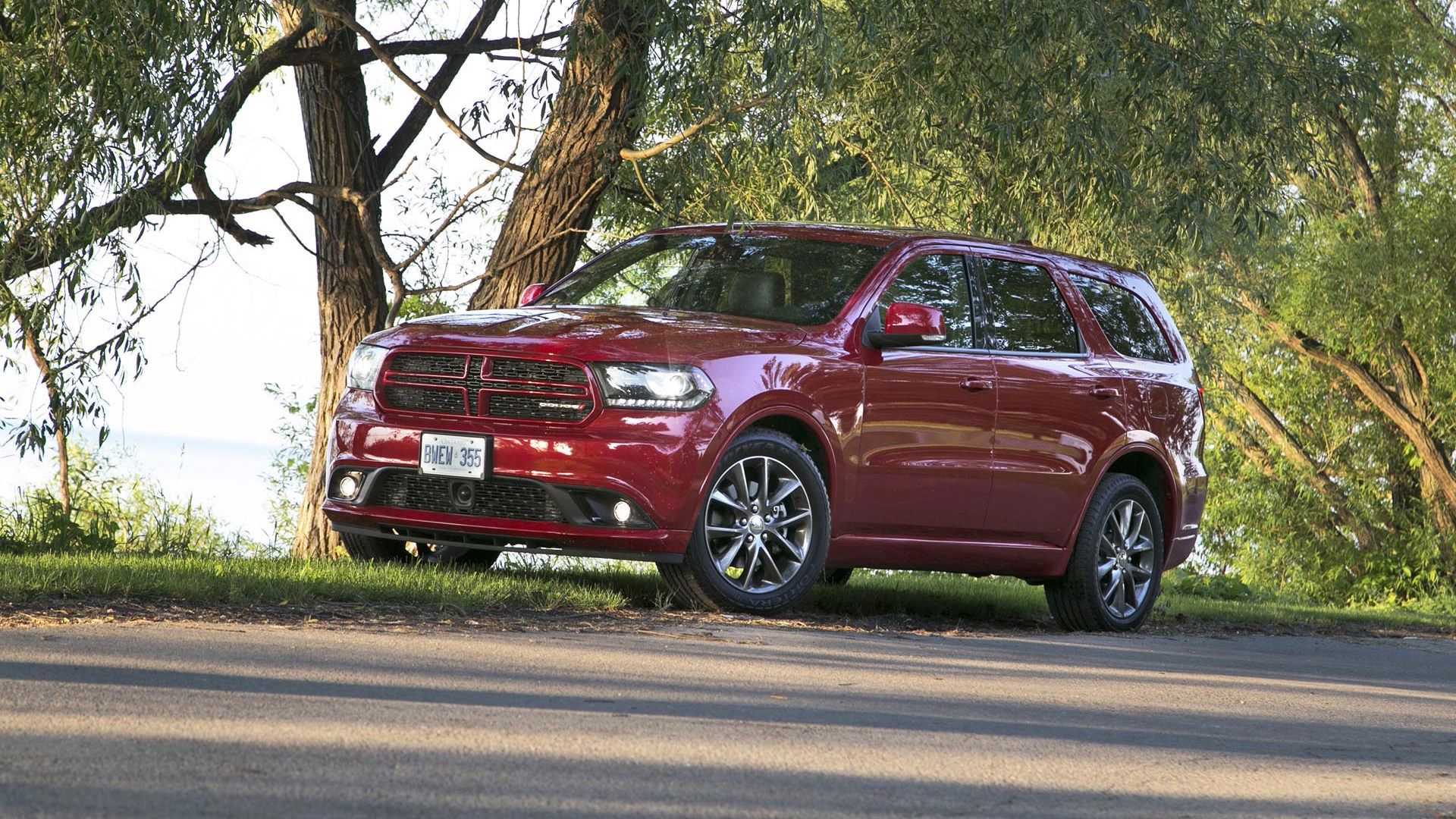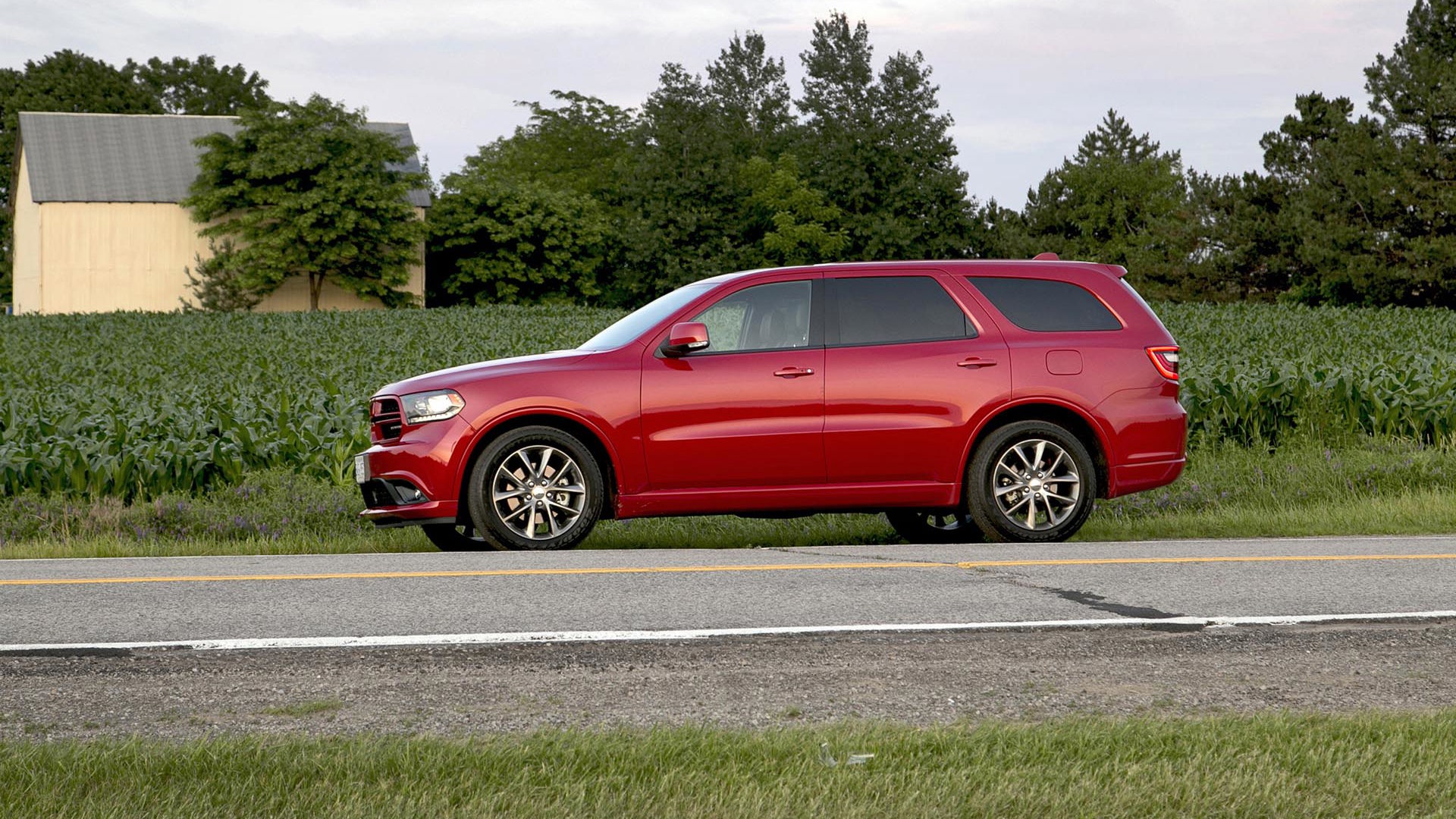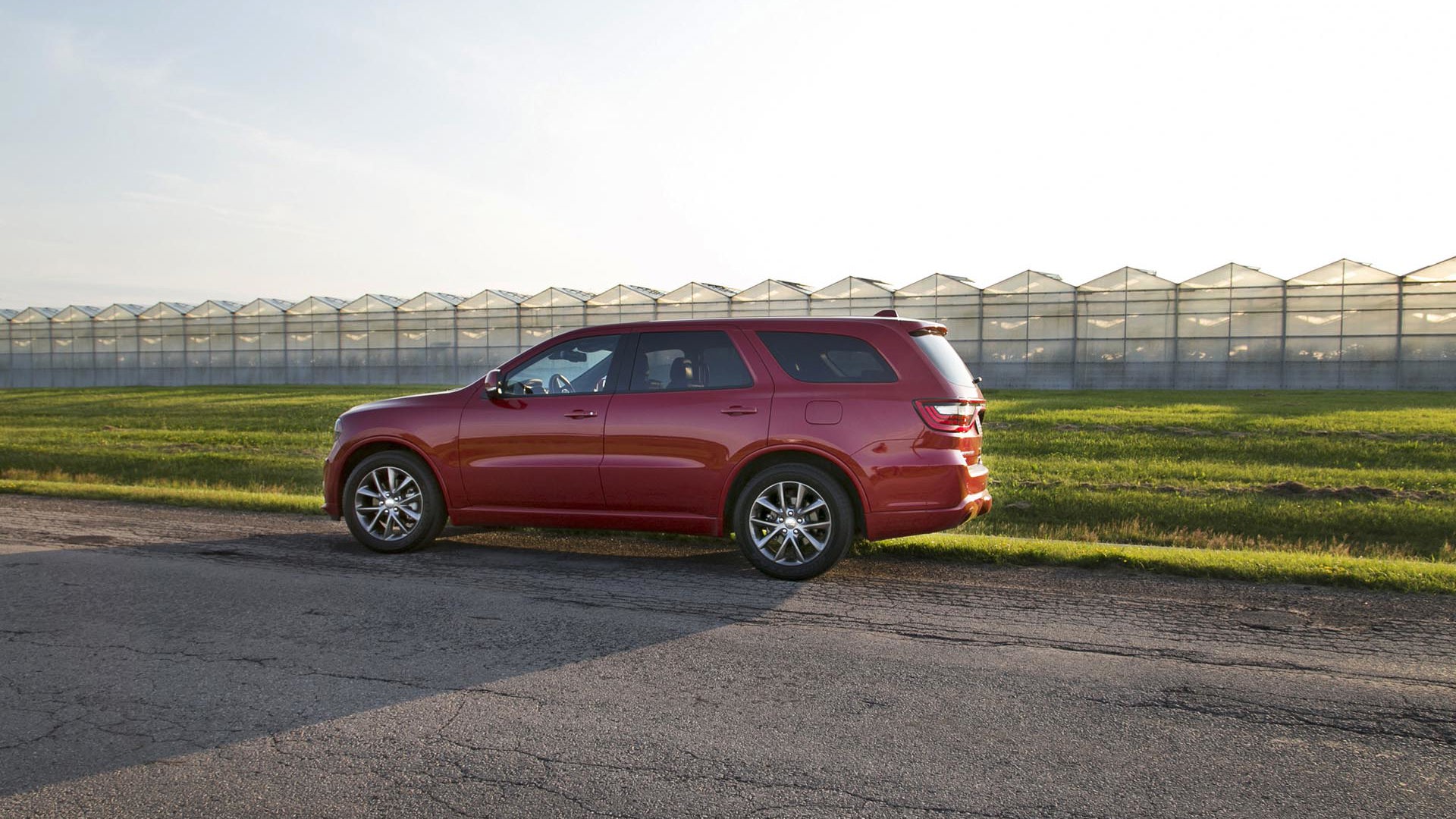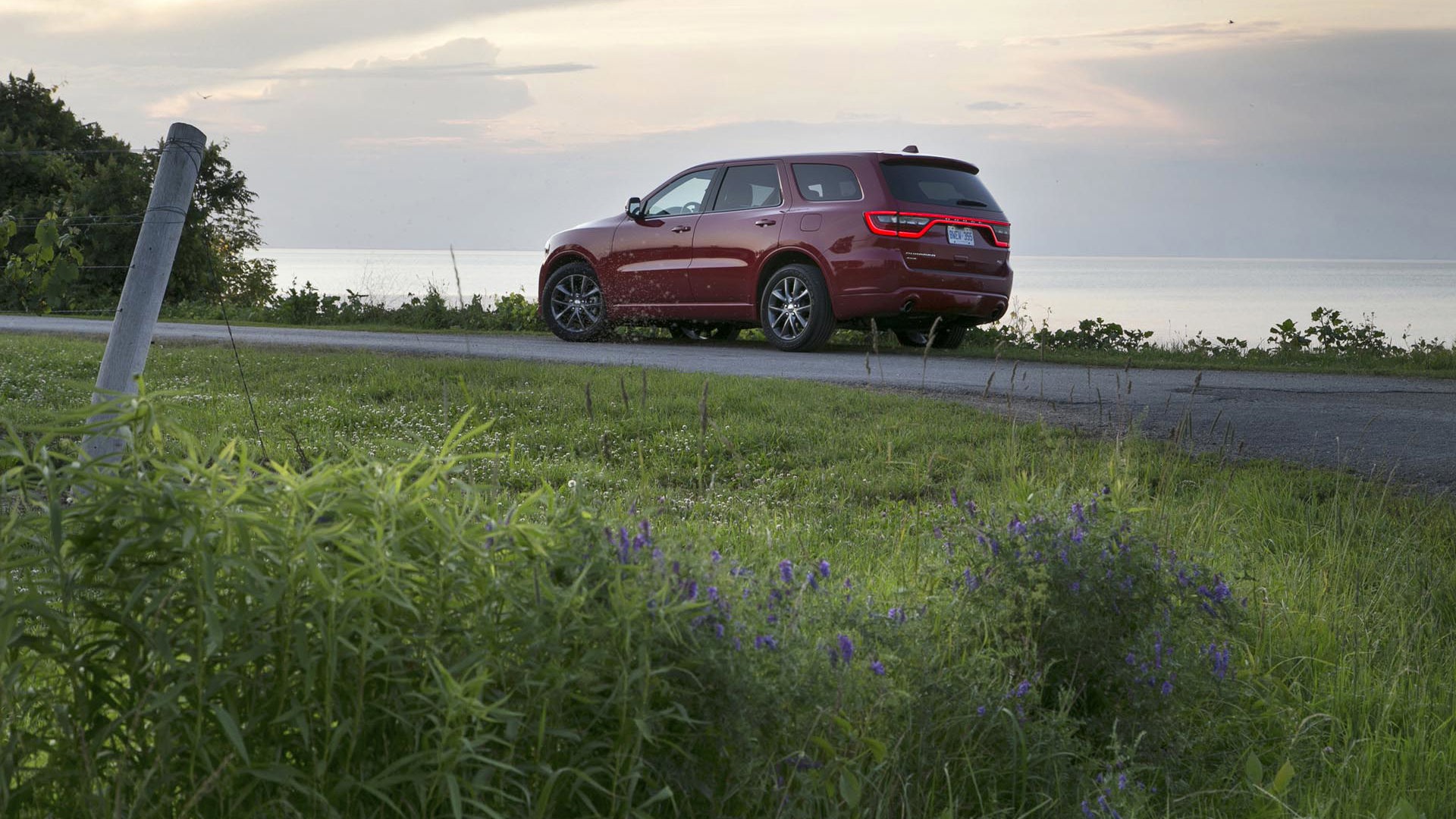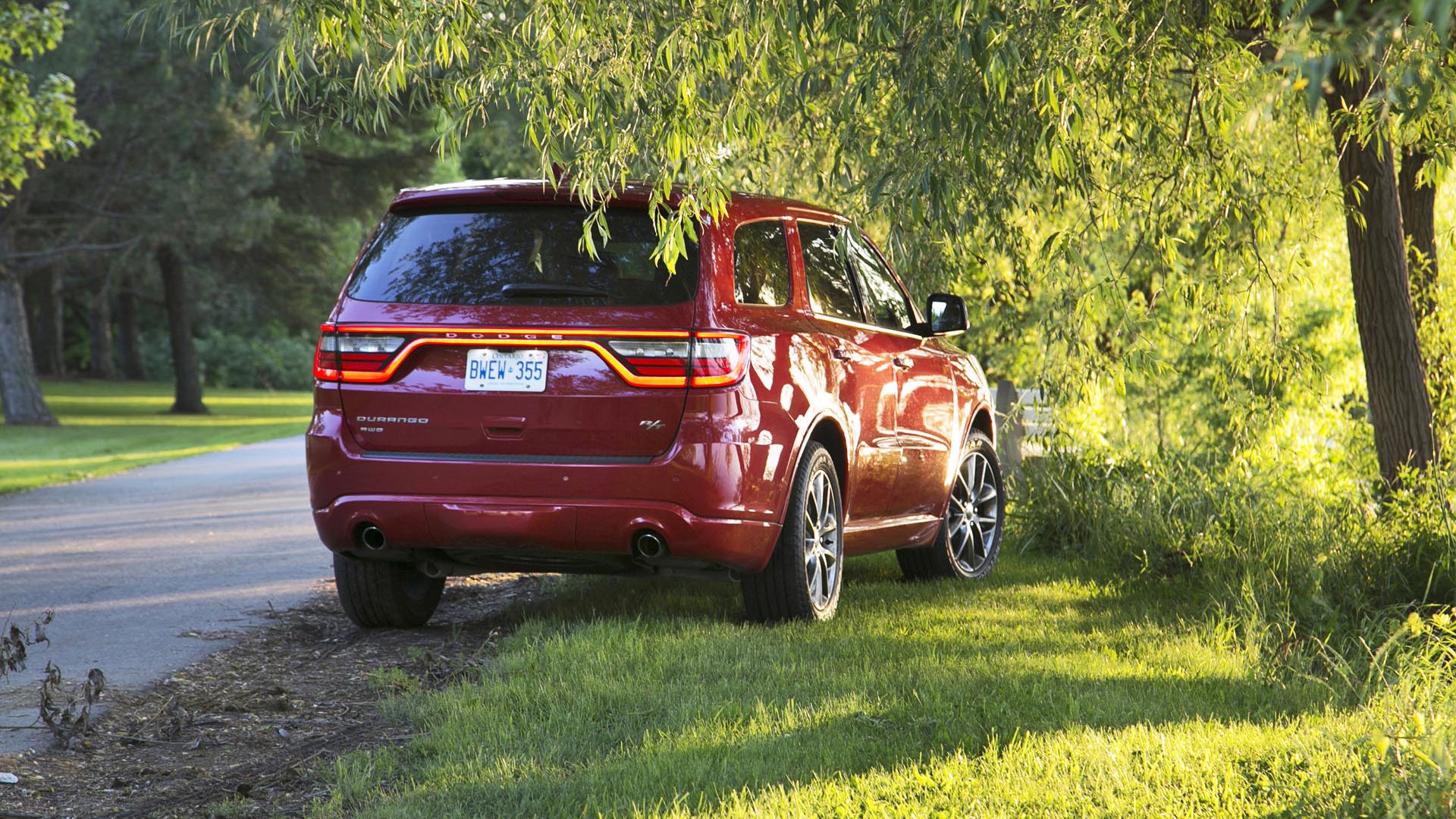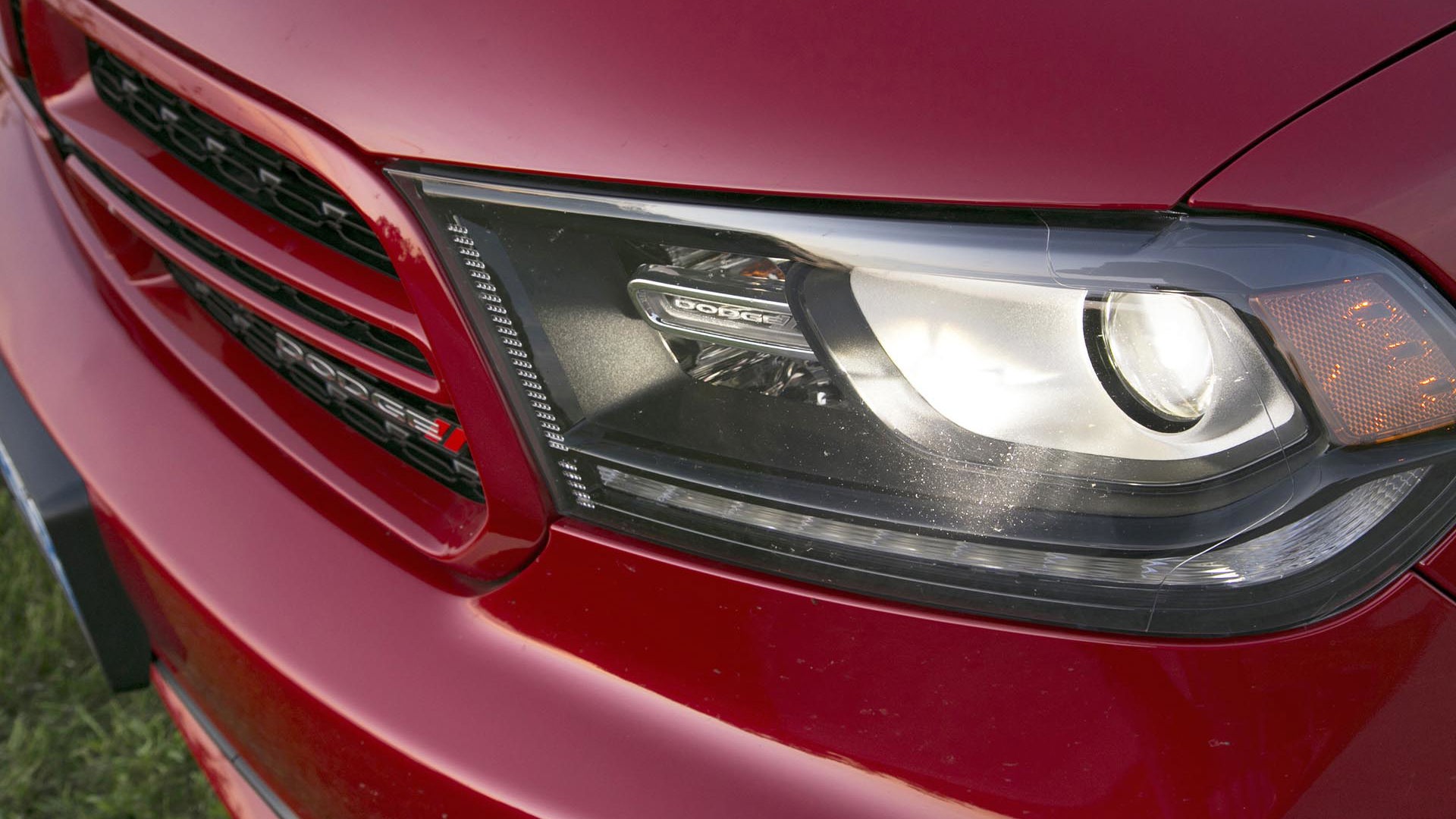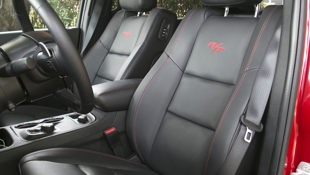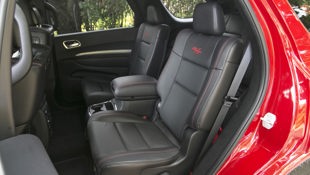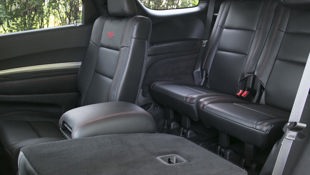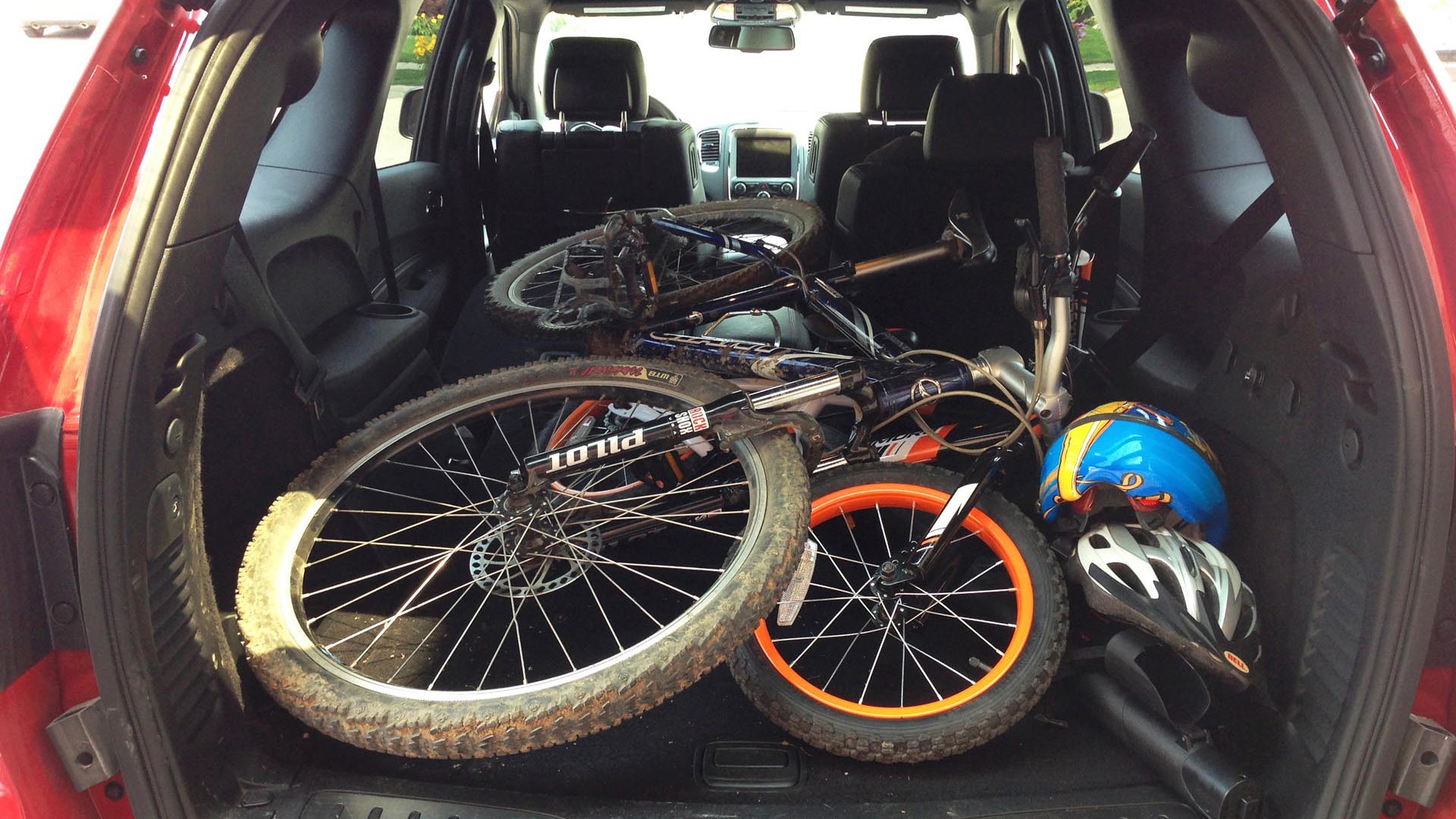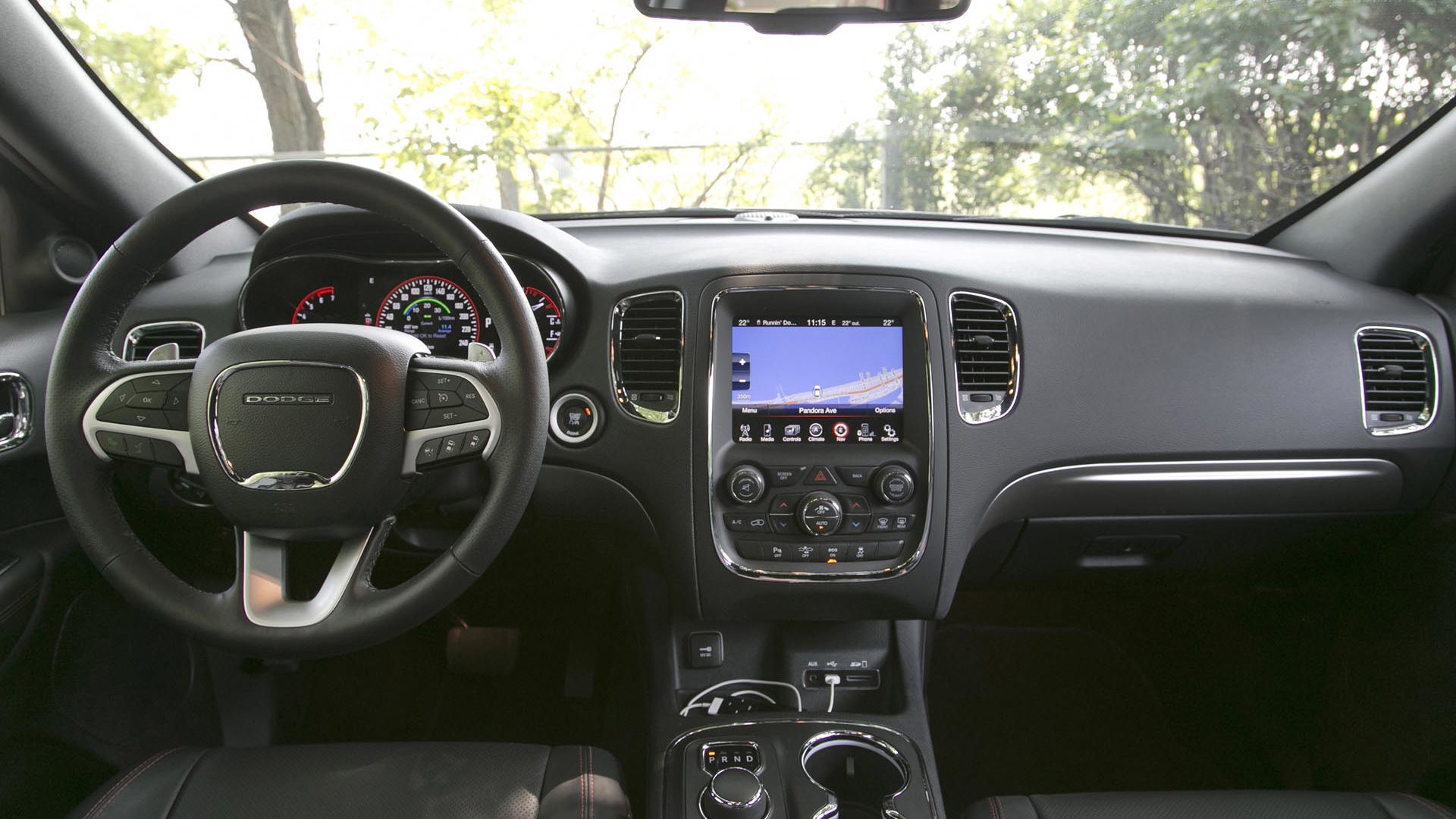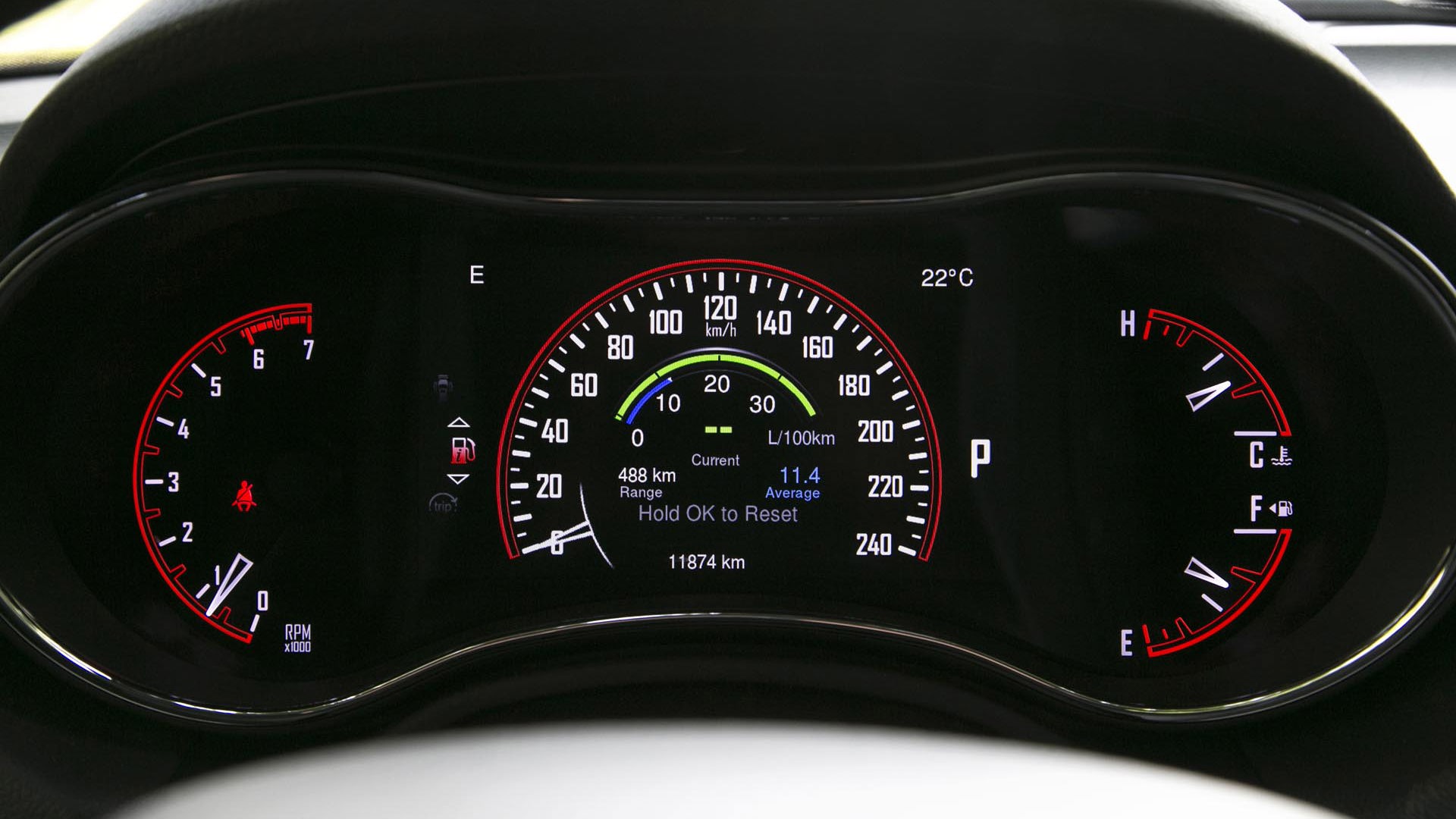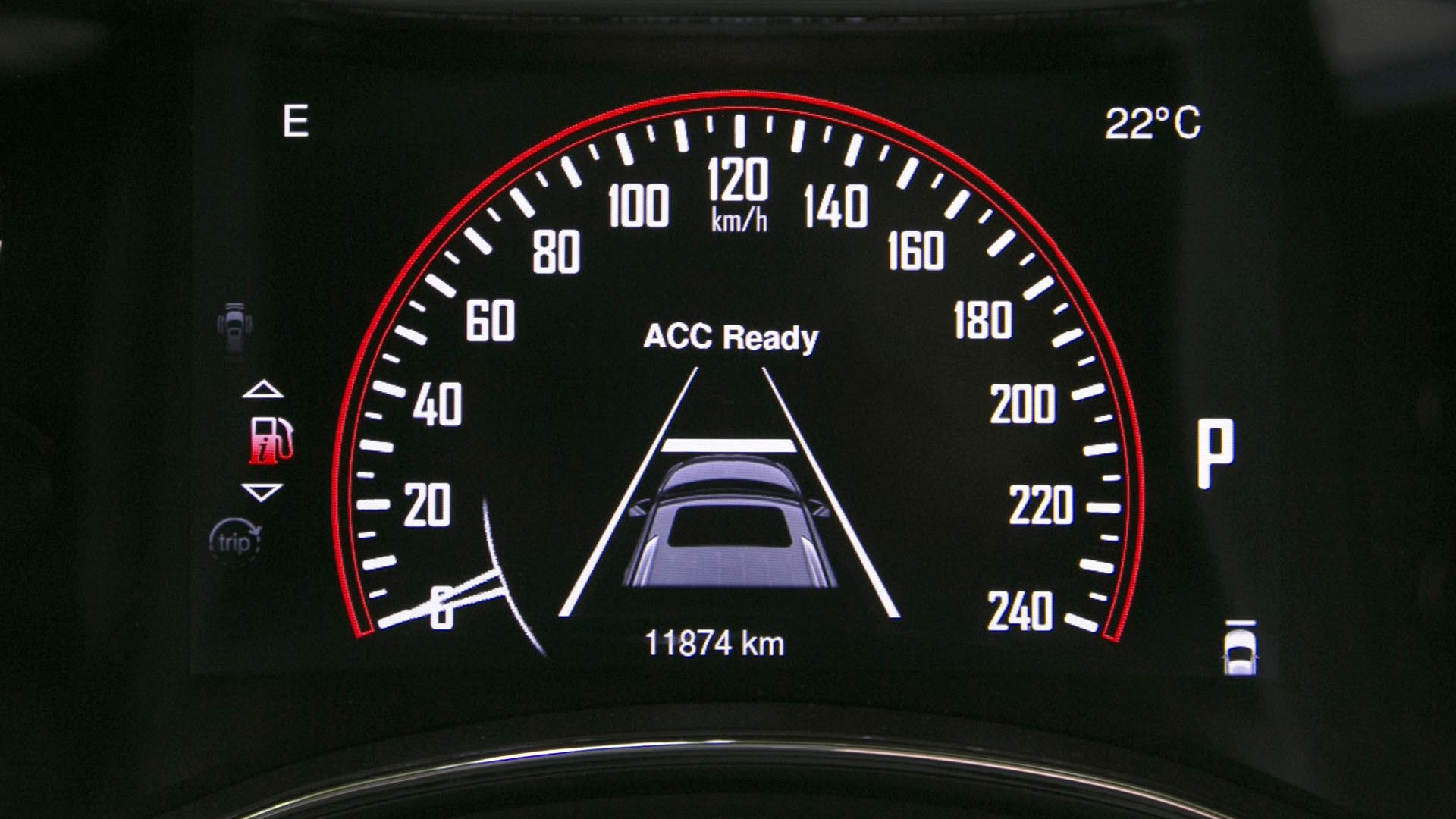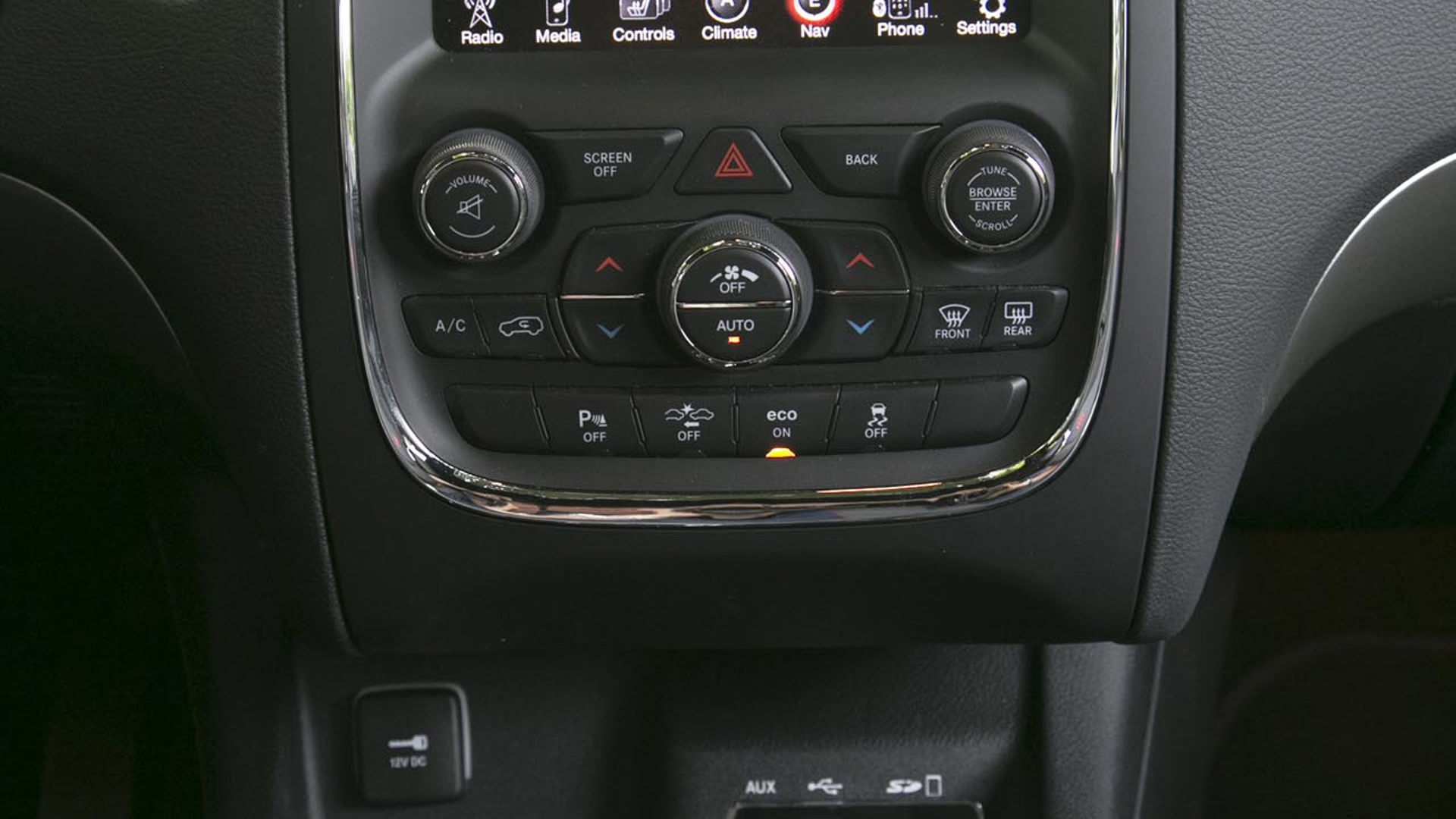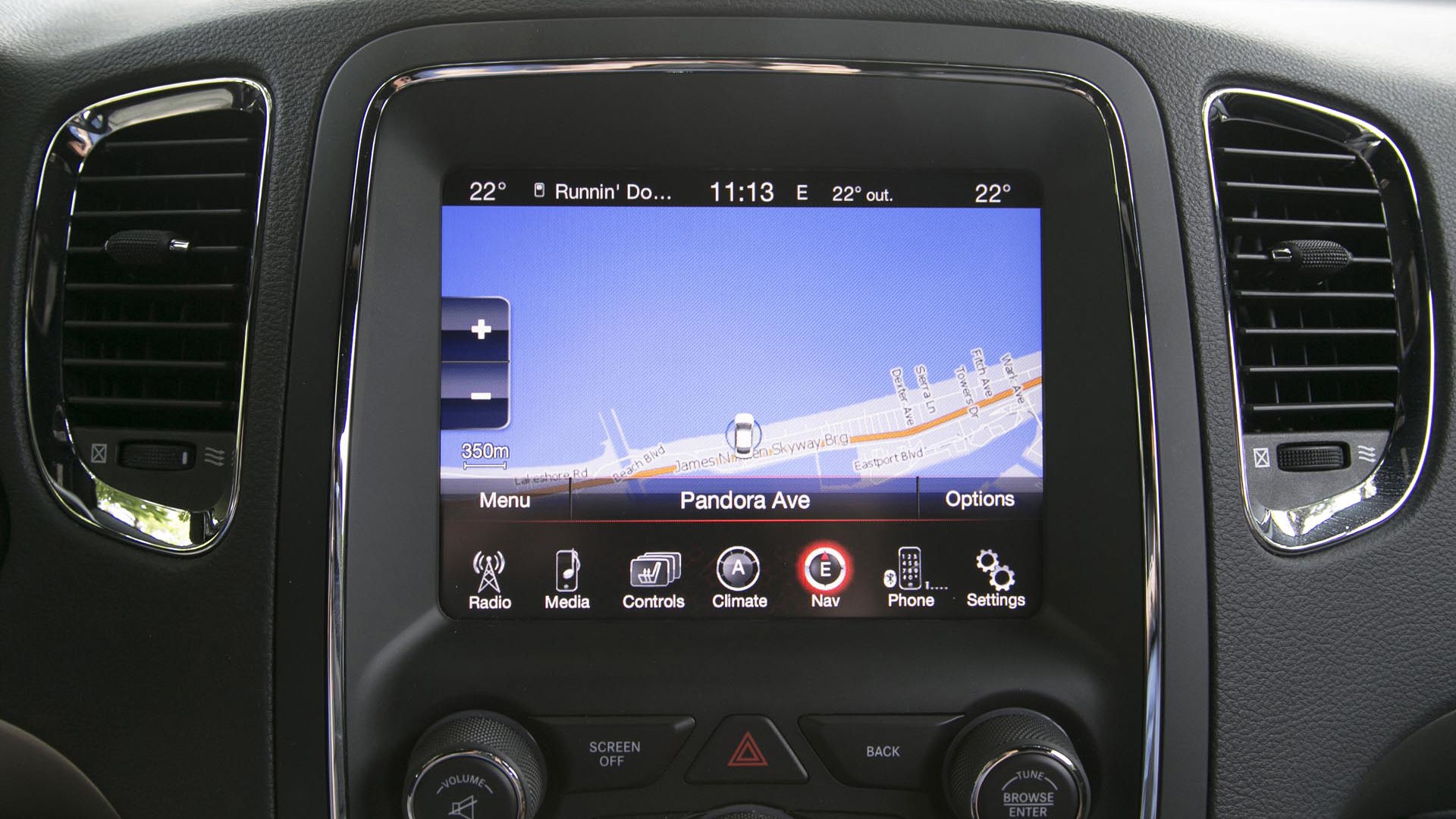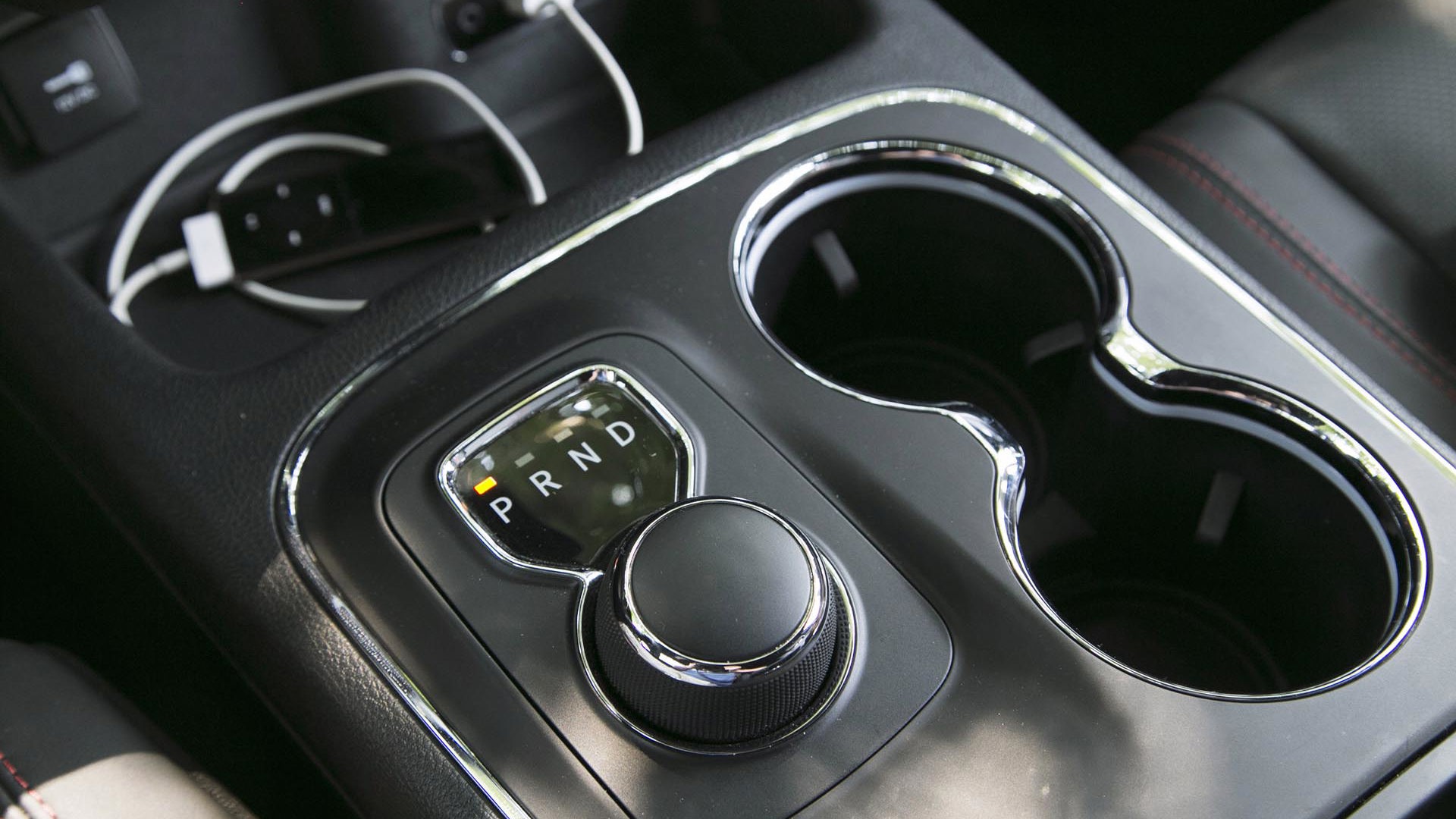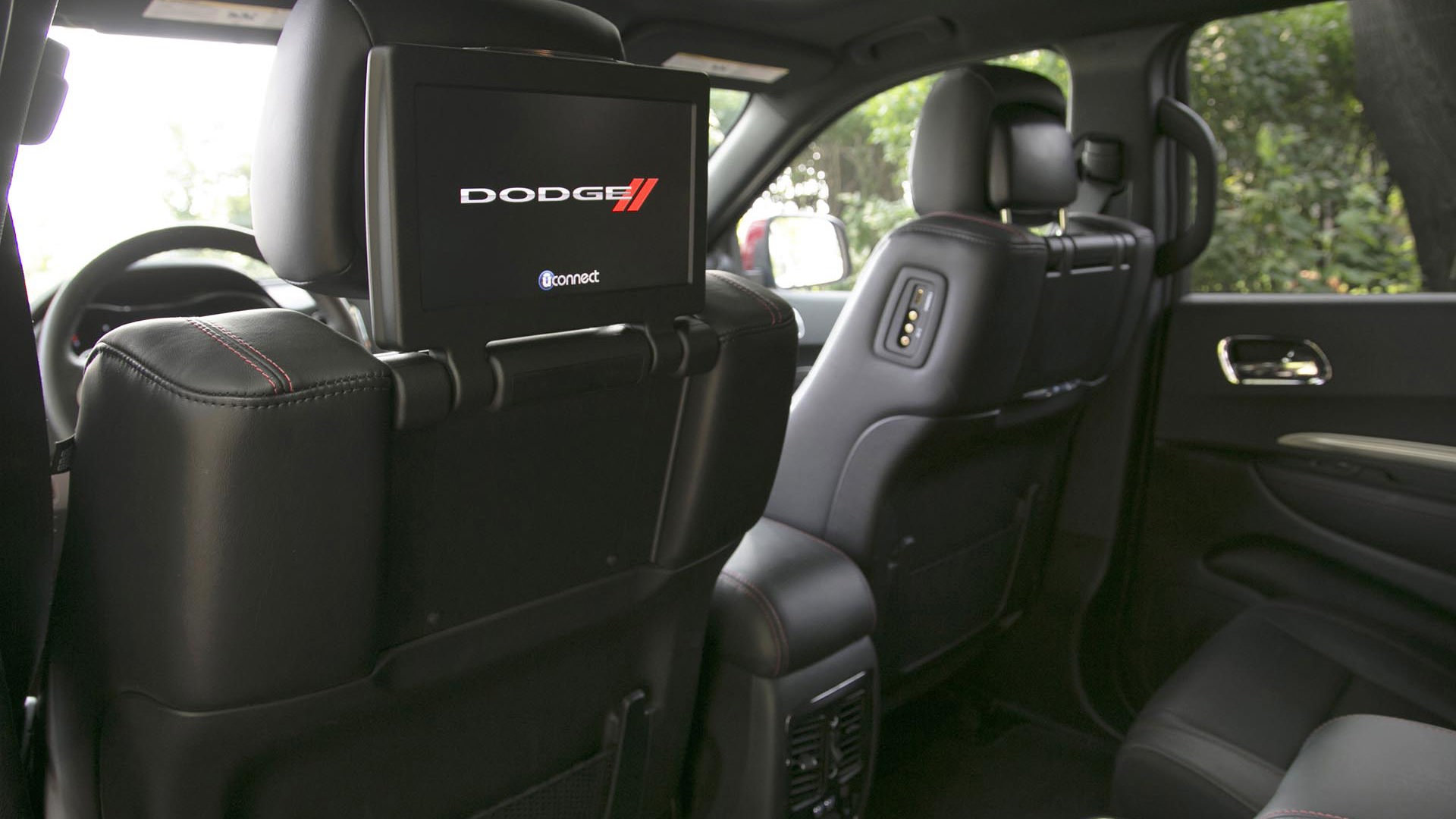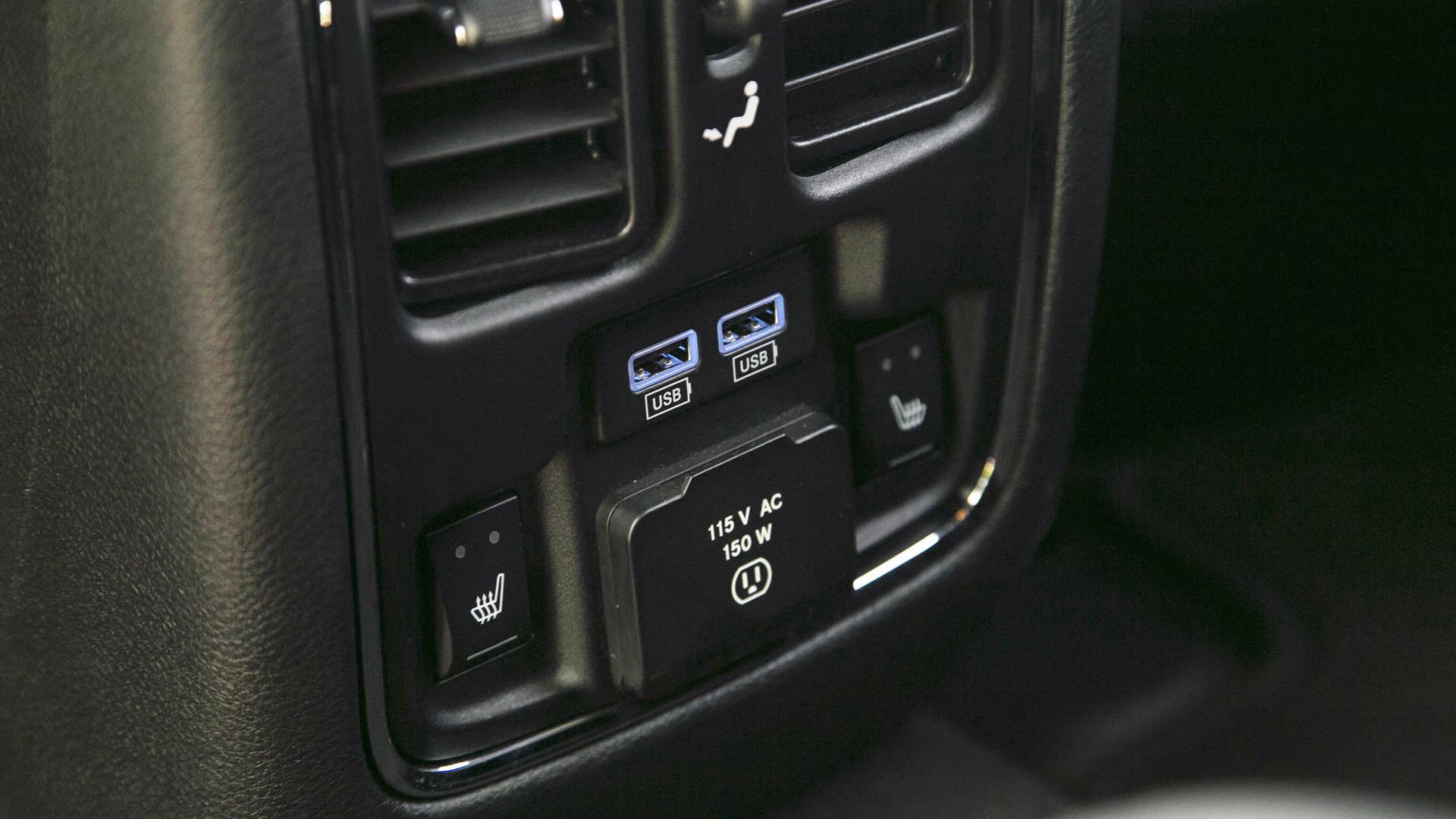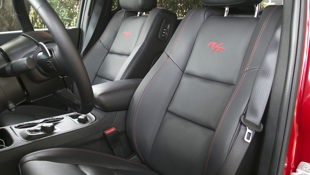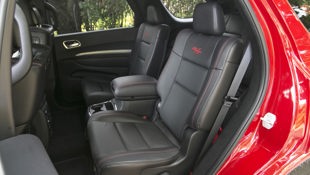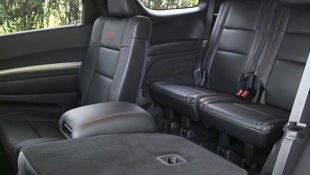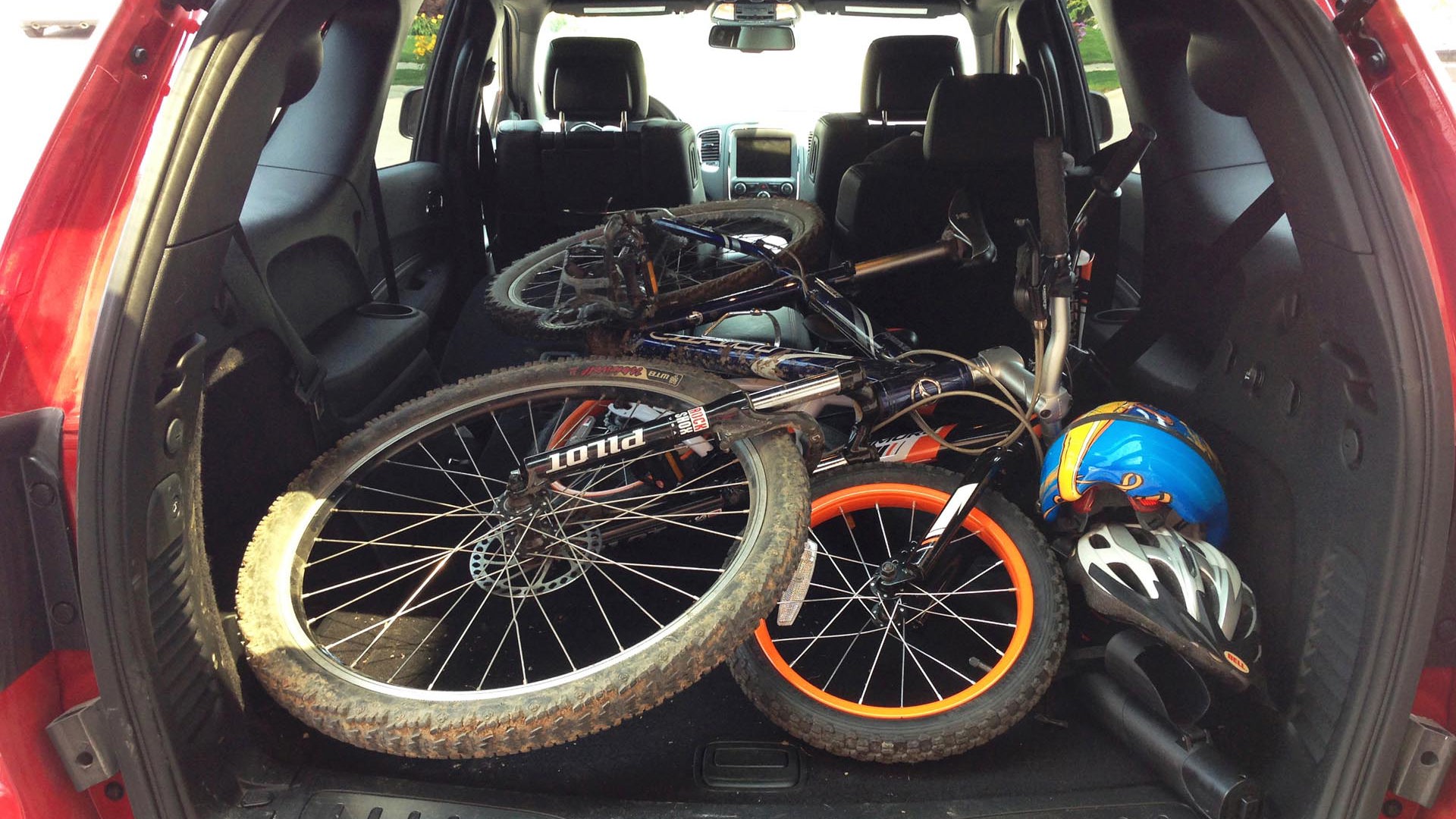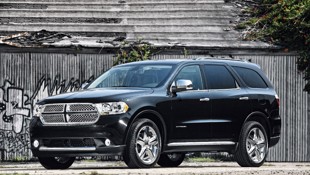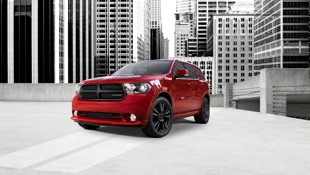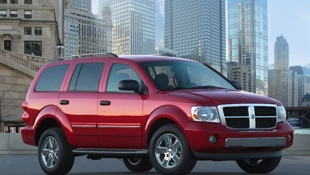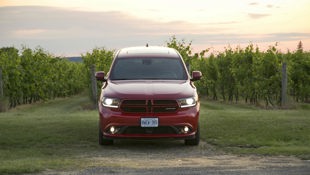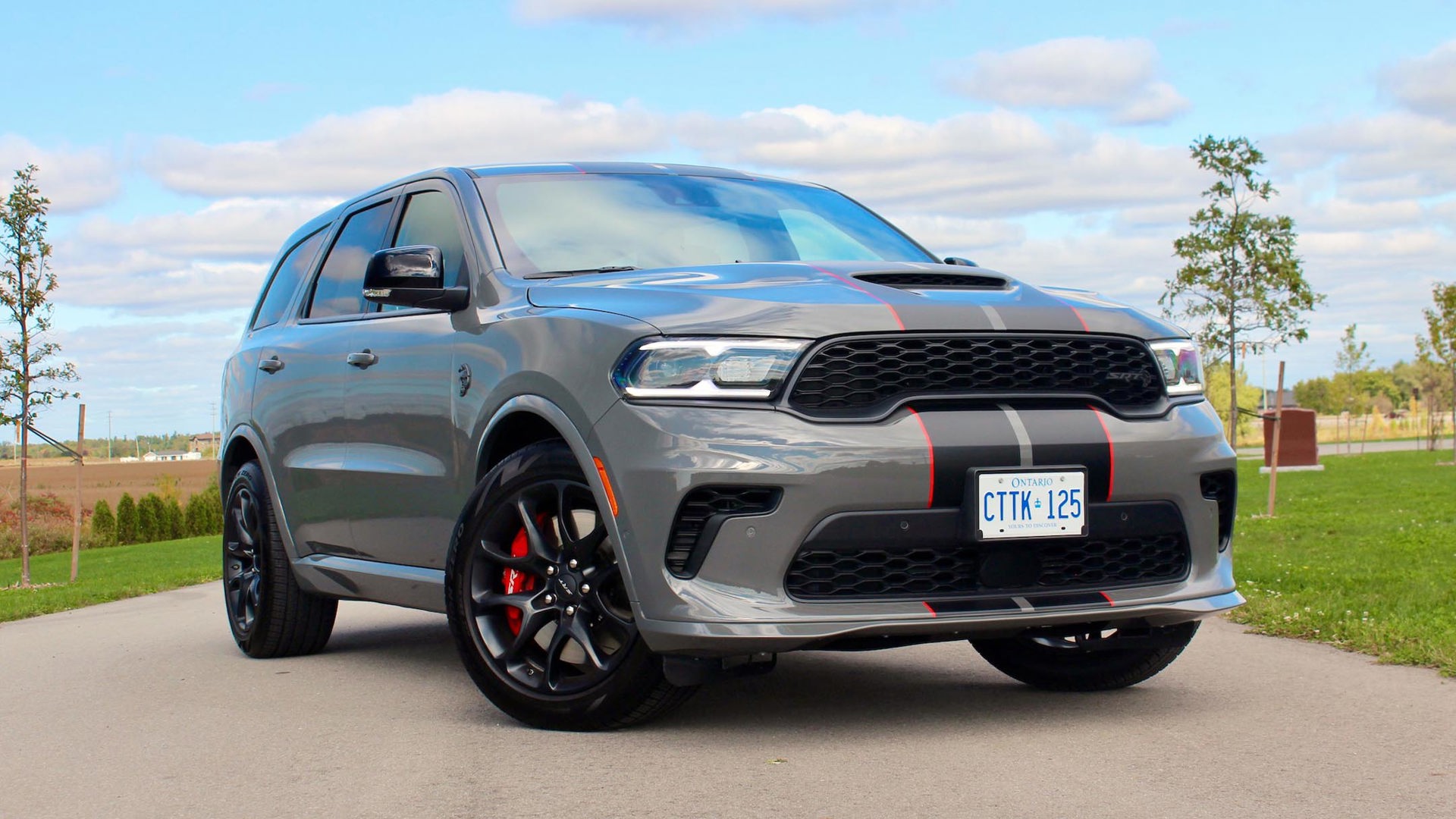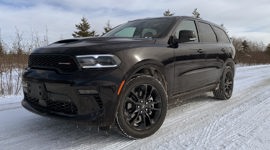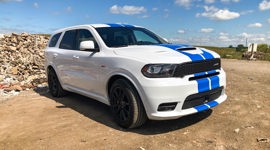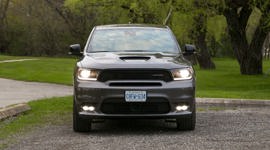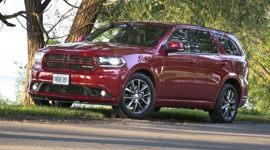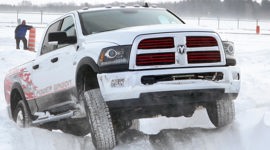Vehicle Type
Large SUV
Durango is said to ride with comfort and confidence, even in inclement weather.
History/Description
Launched in its current generation for model year 2011, the Durango brought signature Dodge styling, available HEMI power, and generous capability to the large SUV/CUV scene, while competing with models like the Nissan Pathfinder, Ford Explorer, Toyota Highlander and Honda Pilot.
Durango packed three rows of seating, plenty of space, and 22 available seating configurations that maximize flexibility for a variety of jobs. Look for features like heated leather, navigation, Bluetooth, a rear-seat DVD entertainment console and full multimedia connectivity for audio playback. Some models also featured a full-colour driver computer screen embedded in the instrument cluster, and radar-powered cruise control and hazard-detection technology. Climate controlled seats, a motorized tailgate, remote start, and premium audio systems could also be fitted.
Engines/Trims
Engine choices included a 3.6 litre Pentastar V6 with a generous 290 horsepower, as well as a 5.7 litre HEMI V8 with horsepower in the mid-300 range. All units got an automatic transmission, and drove all four wheels via an AWD system (V6), or a transfer-case based full-time 4x4 system with low-range gearing (HEMI). Towing capacity was rated well past 7,000 lb, when properly equipped.
From 2014, a light refresh saw all models come standard with an 8-speed automatic with rotary dial shifter as standard, to improve performance and fuel efficiency. New LED taillamps, new infotainment systems, and numerous premium features, including a heated steering wheel and climate-controlled seats, were also added to the mix.
Look for numerous grade levels, including the nicely-loaded Limited, the sporty R/T, the high-value SXT, and the full-kit Citadel.
What Owners Like
Performance is highly rated from both engines, especially the HEMI V8. Durango is said to ride with comfort and confidence, even in inclement weather. Many owners rate styling highly, and report satisfying value-for-the-money in terms of performance, looks and feature content. Durango’s high-end stereo system and consistently good ride quality are among its best assets.
What Owners Dislike
Complaints included a dated navigation and infotainment system on early models, tight-for-its-size headroom, and a lazy steering system that proved fairly labour-intensive in tight spaces. As is often the case with large SUV’s, most owners wish for better fuel consumption figures.
Here are some owner reviews.
The Test Drive
When shopping for a machine with the intentions of a Dodge Durango, a full check beneath the vehicle is crucial. Have the underside checked for signs of leaks, dents, excessive rust, or holes. Now is the ideal time to find out if the former owner off-roaded the vehicle and caused any damage, or if years of neglect in cleaning mud and debris from the underside has resulted in accelerated rust. Ask a mechanic to pay special attention to the transfer case and differentials, scanning for any signs of fluid leakage.
While driving your Durango candidate on the highway, be aware of any strange sensations from the transmission and driveline, particularly around surging or slipping while cruising at a constant speed, or up a hill with the cruise control set. Though issues like these are likely the result of faulty software and can typically be repaired with a software update, they could indicate a more serious problem. In any case, be sure to have any unwelcome sensations like these, from the driveline, investigated by a mechanic ahead of your purchase.
From the engine itself, note that any fluttering, hesitation or failure to maintain a steady idle, as well as ‘patchy’ power delivery, may be the result of a bad engine sensor, including the Throttle Position Sensor. Have a mechanic scan the Durango’s electronic brain for signs of problems, noting that a bad sensor may not cause a Check Engine light to illuminate. Note that ignoring the fluttering or hesitation caused by a sensor may eventually cause a more severe issue, like stalling or a no-start situation.
Further, hesitation or brief lapses in power on the highway could be caused by an issue with the HEMI V8 engine’s cylinder deactivation system (MDS). The fix, in most cases, is updated software available from your dealer, while many owners suggest that switching to a higher-octane fuel helps, too.
Switch the Durango between its various four-wheel drive modes (if equipped) several times, confirm that each mode engages and disengages without any warning lights or messages, which could indicate a software or mechanical problem.
Determine where the HEMI V8’s spark plugs sit within their service life, noting that this engine uses two plugs per cylinder, for 16 in total. Changing spark plugs is necessary for performance, mileage and maximum reliability, though it can be a pricey job. If the HEMI-powered Durango you’re considering is due, or overdue, for a spark-plug change, factor a few hundred dollars into your pricing negotiations.
Shift slowly and sequentially, without moving, between all gear positions, noting any delay or clunking between each which could indicate a problem. In the process, a loud ‘clunk’ from the front of the Durango could indicate a worn-out set of differential bushings.
Other checks should include the backup camera, if equipped. Try the system out several times on your test-drive, confirming that the display activates, stays activated, and that the screen doesn’t flicker, garble or blur after its been activated for a few seconds, especially in the presence of an on-screen moving object. Many owners say that this is a software-related issue, though some have had backup camera modules and even entire head-units changed.
Have the Durango you’re considering inspected for signs of imminent rear control arm failure, which is a serious safety issue. Though rare, this issue was covered by a recall. With your VIN number, your local dealer can check to see if the unit you’re considering was affected by this issue.
Here’s a useful discussion on a fairly well-documented issue with blue oil smoke at engine startup. To check for it, be sure the seller hasn’t pre-warmed the vehicle ahead of your arrival, by quickly touching one of Durango’s tailpipes or mufflers to ensure they aren’t warm. Have the seller start the engine, and be on the lookout for a small blue cloud at engine ignition or just after. The cause seems, frequently, to be overfilling of the engine oil supply—so if you see the cloud, check the engine oil. If it’s reading over the ‘full’ mark on the dipstick, this is the likely culprit. As oil smoke could be a sign of other serious issues, having a mechanic check the vehicle regardless is highly recommended. Note that a documented issue with a bad PCV system may also be to blame, and often requires replacement of the intake manifold.
Here’s another useful forum topic on a Durango owner’s forum, highlighting a multitude of issues that shoppers can investigate. Note that many of these are rare, insignificant against the total volume of units sold, and shouldn’t be cause for undue alarm.
The Verdict
With no signs of oil smoke or software-related driveline issues, and a thumbs-up from a mechanic, a Durango should prove a stylish, competent and upscale family hauler that’s big on comfort and confidence. A newer-used model with extended warranty coverage is ideal for peace of mind.
Here’s a lengthy list of recalls
Crash Test Scores
IIHS: Top Safety Pick (2013)
NHTSA: 4/5 Stars
